Romantic Area
In the city center you’ll find this area full of beautiful late 19th century buildings and a wide cultural and leisure offer. Discover the Belle Époque jewels that transformed Donostia into the tourist city we know today.
The city expansion
After the demolition of the city walls at the end of the 19th century and successive city expansion plans, Donostia / San Sebastián gradually acquired its current physiognomy.
The expansion was carefully planned, with very elegant 19th century urbanism in an eclectic style.
The expansion was carefully planned, with very elegant 19th century urbanism in an eclectic style.
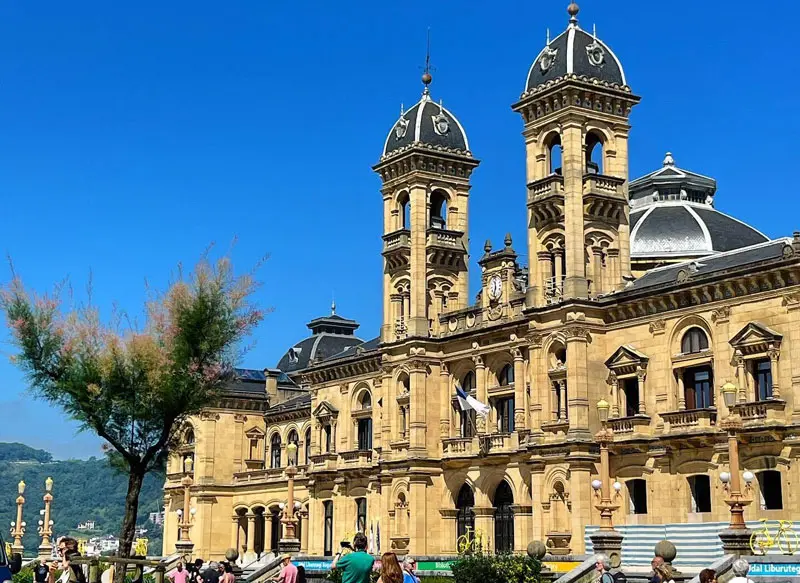
San Sebastián City Hall
Inaugurated as a casino in 1887, it attracted great personalities like Mata Hari, Rotschill, the King of Belgium or the Shah of Persia to its parties until 1924, when gambling was prohibited. On January 20, 1947 it became the City Hall, moving its headquarters from the Plaza de la Constitución
Inaugurated as a casino in 1887, it attracted great personalities like Mata Hari, Rotschill, the King of Belgium or the Shah of Persia to its parties until 1924, when gambling was prohibited. On January 20, 1947 it became the City Hall, moving its headquarters from the Plaza de la Constitución
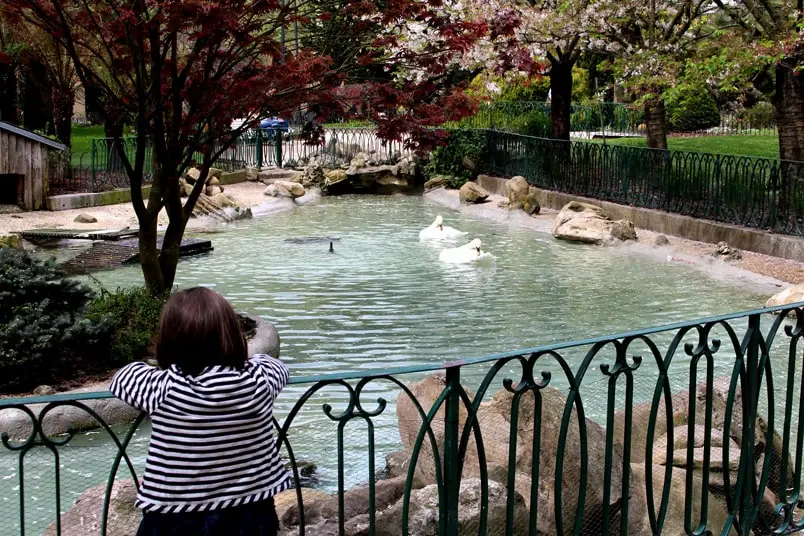
Gipuzkoa Square
A true oasis in the heart of the city, with its duck pond and presided over by the neoclassical-style building of the Provincial Council of Gipuzkoa.
A true oasis in the heart of the city, with its duck pond and presided over by the neoclassical-style building of the Provincial Council of Gipuzkoa.
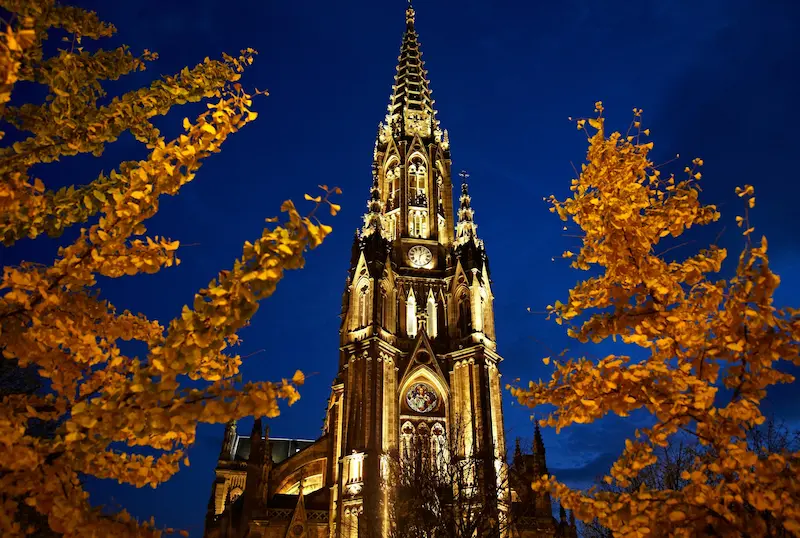
Cathedral of the Good Shepherd
This Gothic-style church, inspired by medieval architecture from Germany and France, is the tallest and largest in San Sebastián, covering 1,915 square meters. Its main facade features the sculpture “The Cross of Peace” by Eduardo Chillida.
This Gothic-style church, inspired by medieval architecture from Germany and France, is the tallest and largest in San Sebastián, covering 1,915 square meters. Its main facade features the sculpture “The Cross of Peace” by Eduardo Chillida.
The golden year of tourism in Donostia
1912 was a landmark year in the city’s tourist development, seeing the inauguration of the Victoria Eugenia Theater, the María Cristina Hotel, the new La Perla spa (replacing the old wooden spa), the Igeldo Mountain funicular, and the “topo” (train connecting Donostia/San Sebastián with Irún).
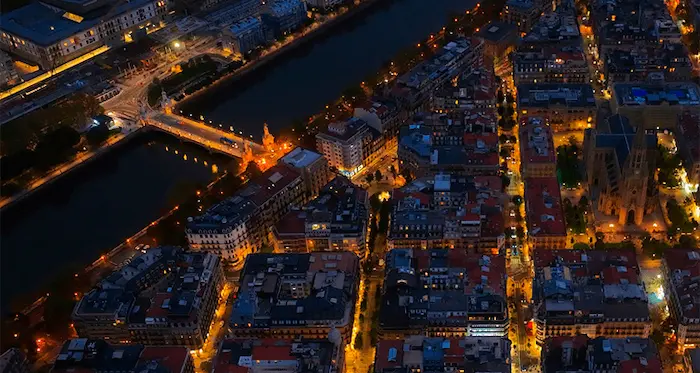
Bilbao Square
A charming square with a monumental fountain, built to facilitate access to the Northern Railway Station.
A charming square with a monumental fountain, built to facilitate access to the Northern Railway Station.
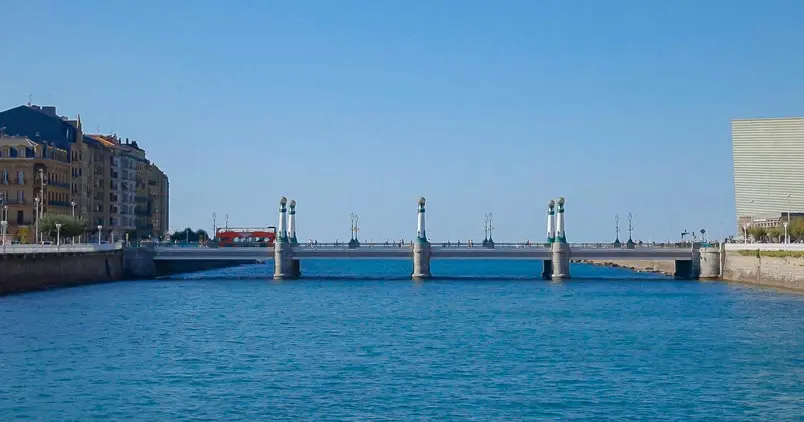
María Cristina Bridge
The most elegant bridge over the Urumea River, with four kiosks inspired by Paris’s Pont Alexandre III.
The most elegant bridge over the Urumea River, with four kiosks inspired by Paris’s Pont Alexandre III.
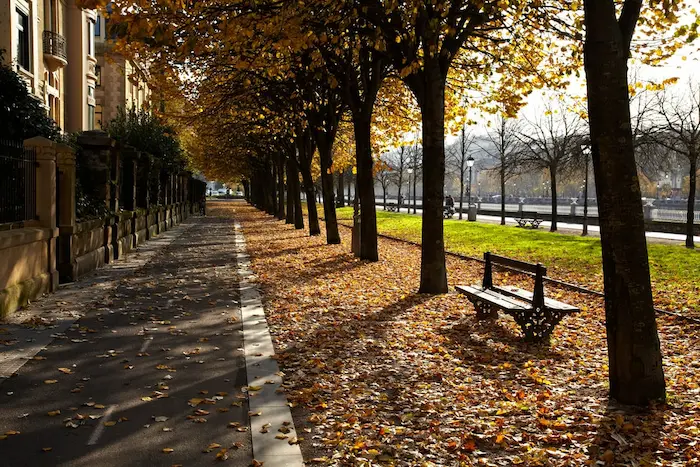
Paseo de Francia
On the other riverbank, next to the North Station, a romantic promenade with French flavor featuring its “Wallace” fountains and early 20th century mansions, with the railing that adorned the Concha Promenade before 1910.
On the other riverbank, next to the North Station, a romantic promenade with French flavor featuring its “Wallace” fountains and early 20th century mansions, with the railing that adorned the Concha Promenade before 1910.
Discover the city comfortably on our panoramic tourist buses and trains!
